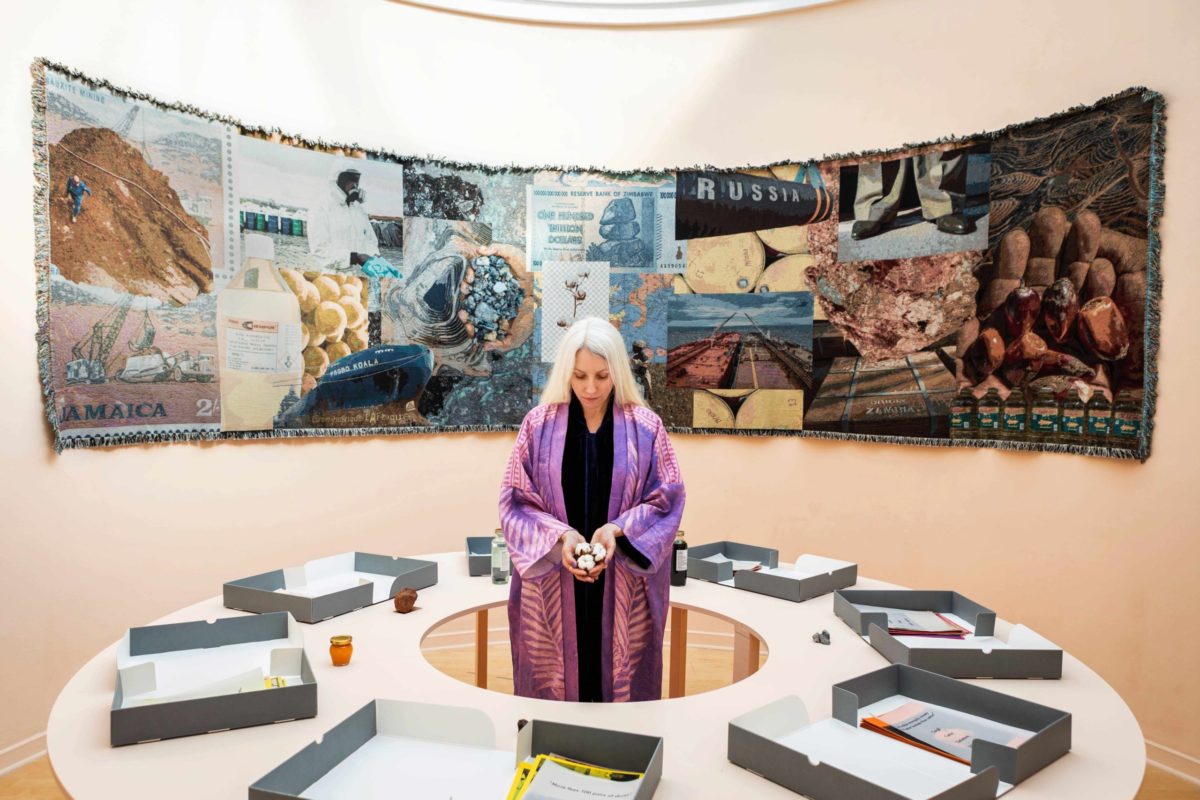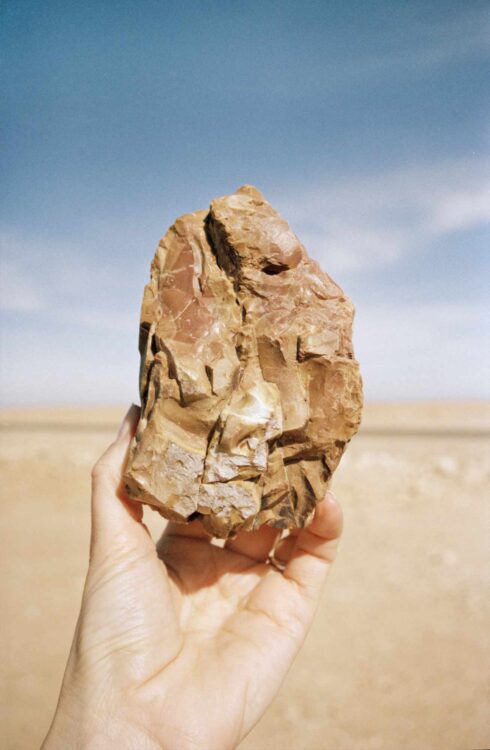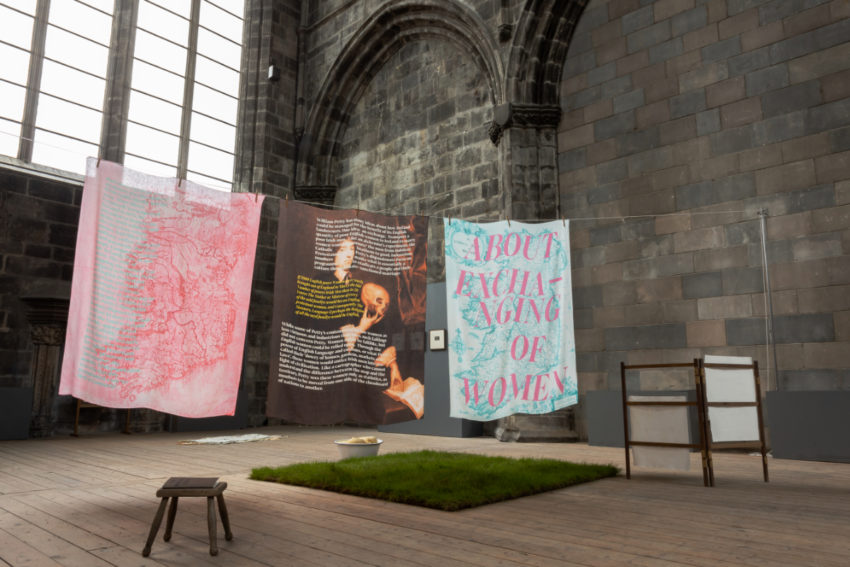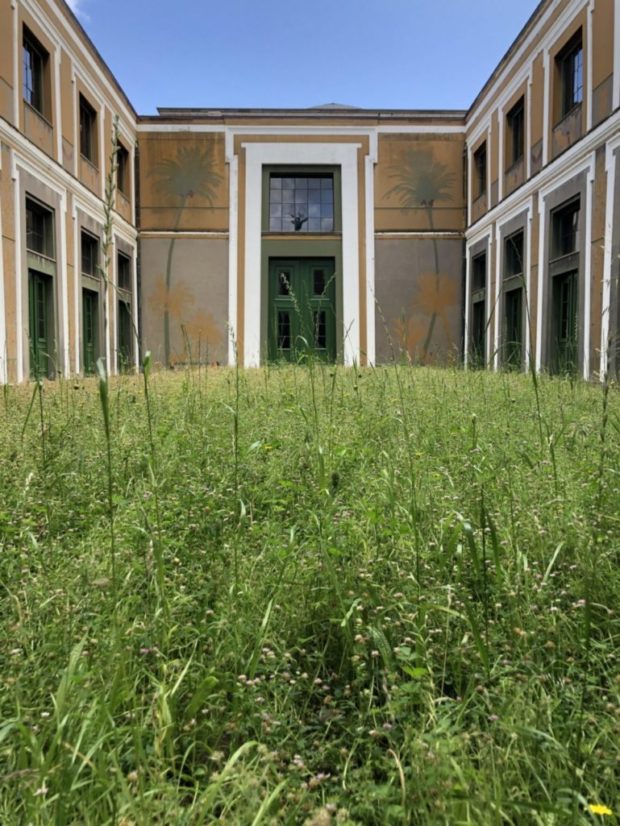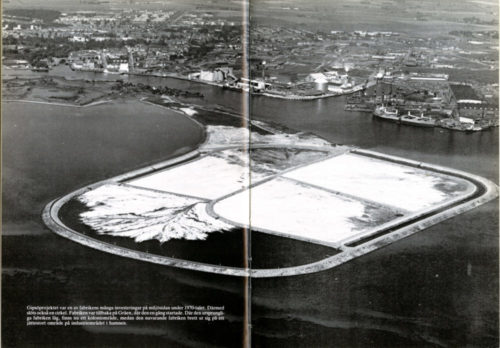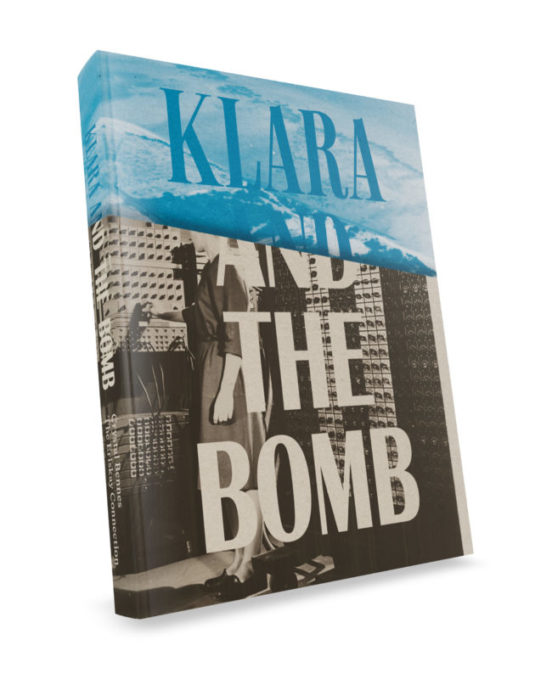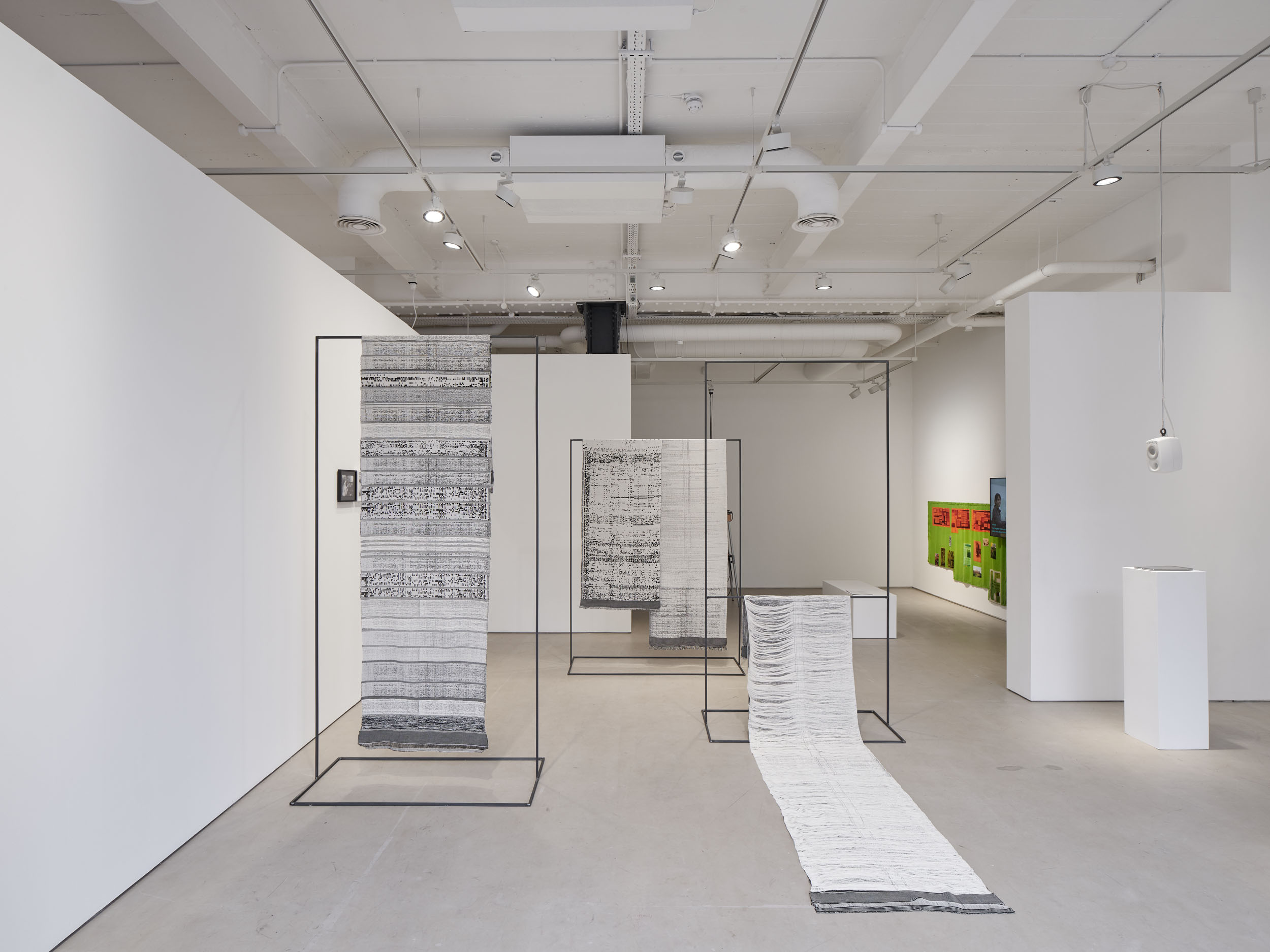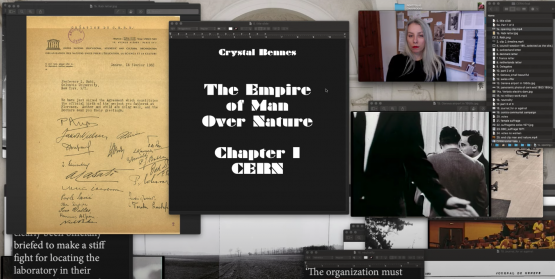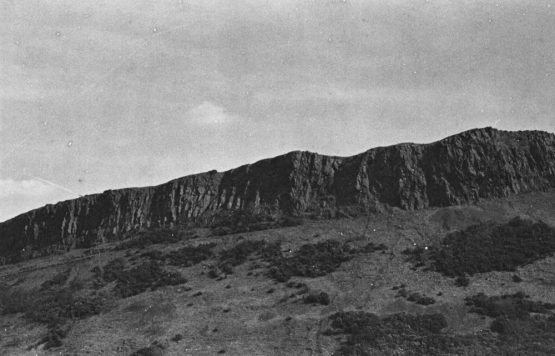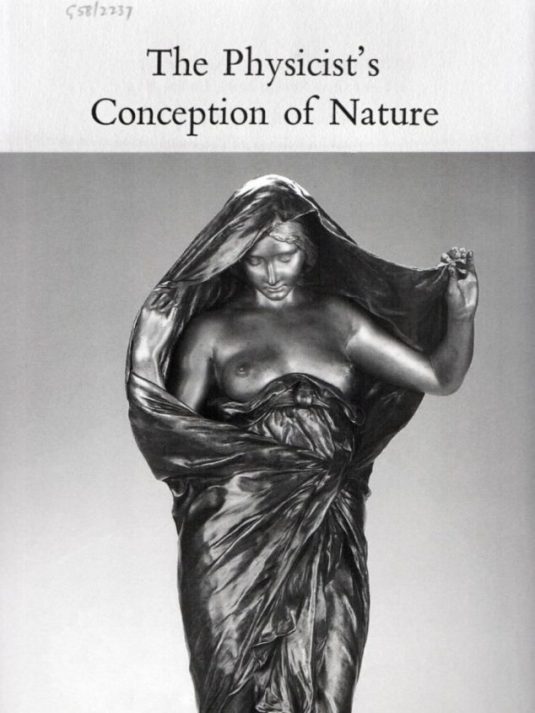Commissioned by Helsinki Design Week
The first hint that something out of the ordinary was brewing in the back corridors of the Victoria and Albert Museum came in a flurry of newspaper articles in September 2013. The V&A, one of the UK’s most venerable cultural institutions, founded in 1852 in a flurry of what we might now call something like cultural charity, had purchased ‘Liberator’, Cody Wilson’s 3D-printed handgun, the first such 3D-printed weapon to be acquired by a museum.
Of course purchasing the gun wasn’t as easy as actually getting the original in the country, and ever pragmatic, the V&A simply reprinted a stand-in until the real deal could be secured and put behind glass. Provenance really is everything, or so it might seem.
No matter. Almost more interesting than the museum’s decision to purchase the gun was the furore of objections raised, by design community insiders, news media and many others beside. From the more banal complaints that the gun held no particular aesthetic value, to those disgusted by a museum’s display of a contemporary firearm (conveniently forgetting all the Medieval arms or Samurai swords just around the corner), many objectors seemed to miss the point entirely.
Even as little as five years ago, many museum curators professed to be collecting a representative sample of objects or artworks, a snapshot of the contemporary moment, one devoid of value judgements – seemingly unwilling to recognise that the very act of selection is in itself a kind of value judgement.
Now, however, it seems that museums are beginning – willingly or otherwise – to become more comfortable with the nature of this fact. Indeed, one could argue that the acquisition of Wilson’s 3D-printed gun represented a flag being thrust into the proverbial moon: museums such as the V&A would no longer serve merely to document the historical record. Now, they would make it.
I was away from London when the Rapid Response gallery opened at the V&A last June, and rather than feeling disappointed, for once I was happy to be missing out. Something about the media mania was all rather off-putting.
From where I was standing, on the other side of the world and rather cut off from London cultural life, this introduction of a new gallery dedicated to the collection of hyper-contemporary objects felt like a desperately populist move on the part of the V&A. An over-blown attempt to relate to common people by a full-bodied embrace of the cultural relativism that’s swept up where postmodernism left off. If “anything goes” as some relativists would have it, why not apply the same approach to our museums? Show the people that the junk cluttering up their homes is worthy of a glass vitrine after all.
But then I came home, months later, when media interest had quieted down, and headed over to the V&A to look for myself. Expecting to be distinctly unimpressed, I was genuinely surprised by what I saw. To some extent, I wasn’t prepared for the power of the pieces on display. Nor did I realise that the modest presentation of the objects – somewhat tucked away, on the upper gallery of an inner courtyard – coupled with a strong sense of the social, historical and cultural weight anchoring each object, would be so affecting.
Now I’d actually visited the gallery, it quickly became obvious that this wasn’t at all a step in the relativistic direction. To hold to the philosophical metaphor, the Rapid Response gallery seems much more an exercise in scepticism. It’s not the case that “anything goes”, but that culture and society have moved on since the establishment of the Victorian, perhaps overly authoritarian, culture of education and exposure, so why not make the same changes for the objects in the museum’s collection? Like the sceptics, who argue in various permutations, that epistemology is inextricably linked to the cultural and historical frameworks of production, so too with the objects in the Rapid Response gallery.
In fact, given the above, the idea of an underlying selection criteria for Rapid Response becomes almost more important than in other, more traditional categories of collecting. Though not always explicitly spelled out by the curators in accompanying display texts, one nevertheless feels that there are strong reasons why certain objects appear in the gallery and others do not. It strikes me as essential that a visitor is given enough information to understand why any given object was collected for the gallery, but with enough left out so that the same visitor is able to determine for herself as to the validity of the curatorial judgement.
For example, certain pieces, such as the umbrellas used in the recent protests in Hong Kong, highlight not only the role objects play in the struggle for political power, but also how savvy we have become as a culture in understanding the aesthetic affect of certain objects.
Other objects turn that same understanding of aesthetic power inside out, by showing how similarly sophisticated commercial brands have become in their own object making. The series of gradient skin-tone Christian Louboutin shoes included in the Rapid Response collection may serve, for example, to indicate that we’re becoming a less-racist society. On the other hand, it could be simply be a sign that the luxury goods industry has recognised the shift in its main markets and has adjusted its product line accordingly.
What surprises me the most is how the seemingly trivial and trashy prove to be most impactful, simply because they manage to provoke on a number of different levels. The infamous Katy Perry-branded eyelashes, for example, demonstrate in one fell swoop our pathetic obeisance to the cult of celebrity, our continued obsession with external appearances and our near-total ignorance of the industrial, mechanical processes that take place out of sight and yet provide for the basis of capitalist consumerism. Who would ever have guessed that little boxes of false eyelashes sat at the centre of a Venn diagram intersected by so many of the ills of contemporary society?
Like Cody Wilson’s 3D-printed gun, the objects in the Rapid Response gallery have the powerful potential to catalyse wider discussion. And not simply over banal questions as to whether or not these objects are design or should appear in our museums, but what they say about us as a culture and whether or not we’re satisfied with the answers to these questions.
Museums are amazing places, full of wonderful objects and stories, but the distance they provide can often make it easy to ignore difficult questions about our own objects and our own stories. It’s all too easy to stare in awe at the beautiful, intricate metalwork on a sword and suit of armour without asking anything about the culture that produced it. But when we place a recently-made, 3D-printed handgun in a museum, we should ask hard questions about the implications and repercussions of the technology that permitted such an object to be produced, rather than raise banal objections about its so-called lack of aesthetic merit.
Maybe every culture prior to ours took the time to look at the objects being produced and ask questions about how such objects reflected back upon them, what that said and whether they were happy with these reflections. Maybe not. But the Rapid Response gallery provides a space, and a space far bigger than the small gallery set aside in the V&A, to reflect about the cultural value of objects in society. And not only objects made by designers fresh out of university or those working at the high end of the market, producing objects made by specialists for specialists, those which occupy the majority of coverage in trade + national media. This gallery asks us to look at different kinds of objects: those produced for our culture, our time – whether we seem to want them or not – objects often fabricated by people who remain anonymous; or objects made or appropriated to be used outside of consumer culture. This places us – the museum visitor, the citizen – in a privileged position, but also in one of great responsibility.
Cover image: ‘Liberator’ gun, 2013, Cody Wilson / Defence Distributed. Copyright of Victoria And Albert Museum, London
